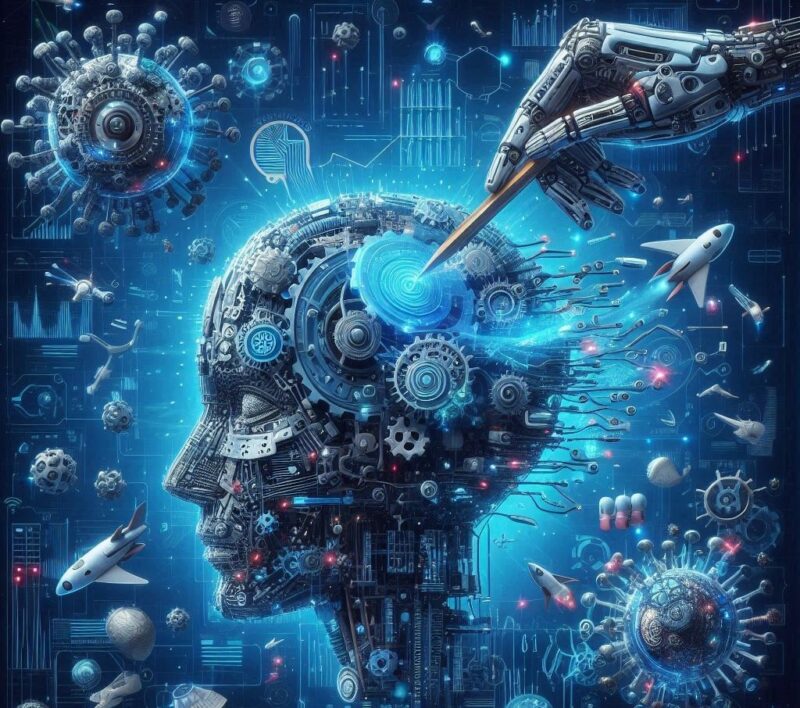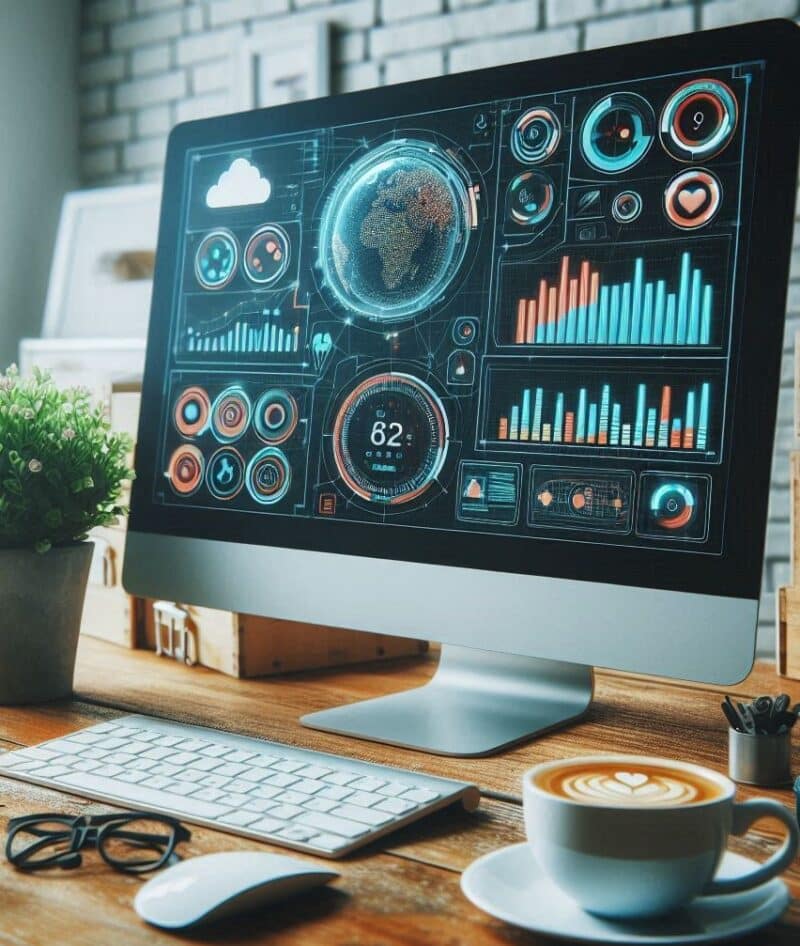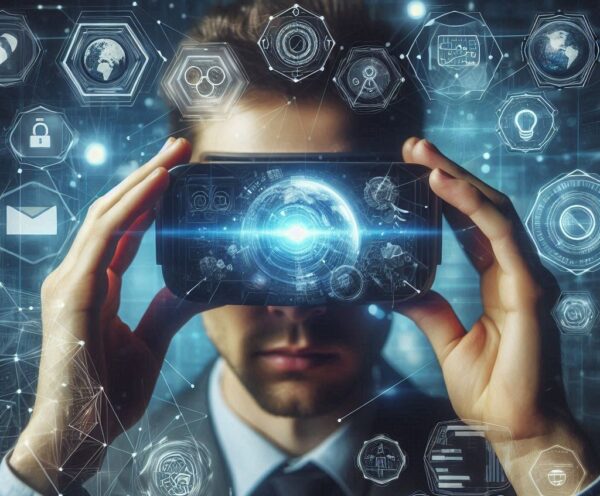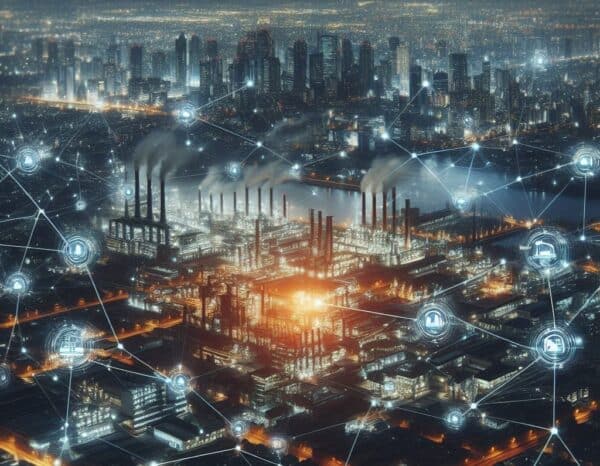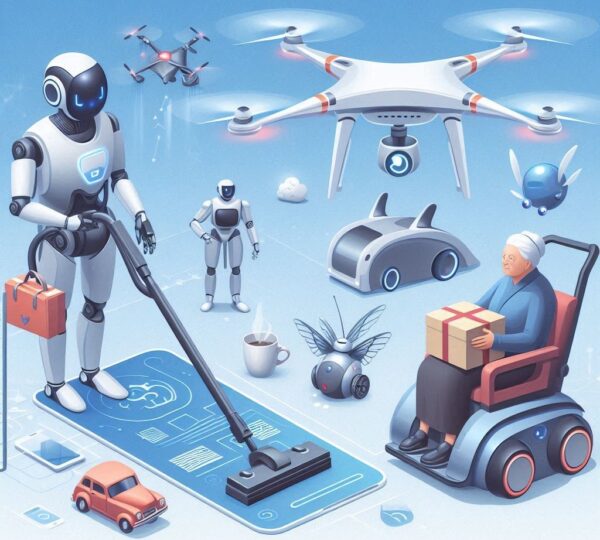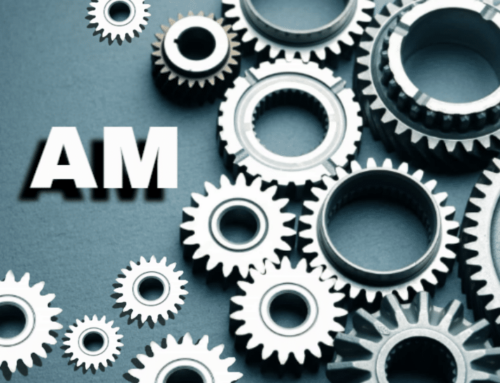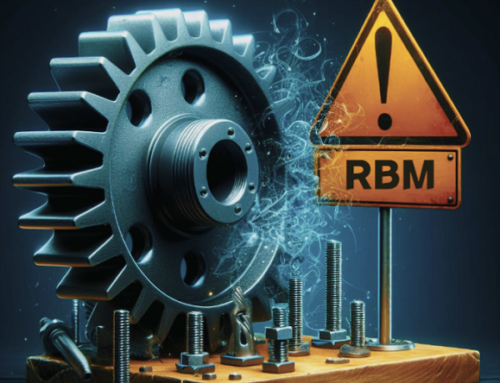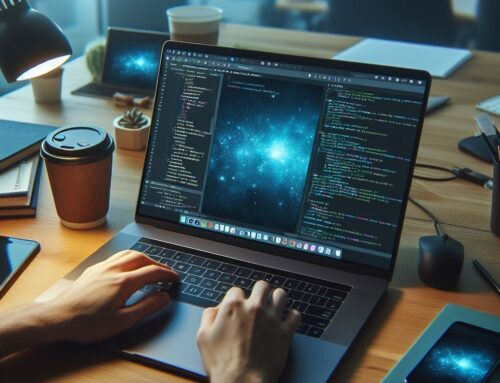What smart technologies can be used in the field of maintenance and repairs?
In the field of maintenance and repairs, there are many smart technologies that can help improve the productivity and efficiency of the system. Below are several examples of these technologies:
1. Data analysis and artificial intelligence(AI)
Artificial intelligence, which is also known as artificial intelligence (AI) today, is the intelligence that emerges from machines to make smart tools by modeling human intelligence. A tool that thinks like a human and makes decisions for him. In fact, this technology is the same machine programmed by human hands, which is designed with the purpose of ease in doing various things.
Combining artificial intelligence with data analysis plays a very vital role in deep understanding of data, extracting useful information and creating knowledge for making strategic and intelligent decisions in societies, industries and different fields. Overall, this combination is able to extract the most valuable information from the data and provide great added value for improving processes and data-driven decision-making. By using data analysis and artificial intelligence, it is possible to analyze failure patterns and equipment performance and provide predictions about the time of repairs and maintenance. Also, by using machine learning algorithms, it is possible to identify common problems and implement necessary improvements in maintenance and repair processes.
2. Equipment management systems(EAM)
EAM stands for Enterprise Asset Management and is a set of processes and tools that allow large companies to manage physical company assets such as machines, equipment, buildings and vehicles during Track and manage their useful life cycle, from production to consumption.
Equipment management systems allow managers to record a complete history of equipment, maintenance, repairs, and changes. These systems organize information about equipment and help in data analysis and optimal planning of maintenance and repair activities.
3. Augmented reality(AR)
Augmented Reality is a live physical view, direct or indirect, usually interacting with the user, that adds elements to the real world environment of people using AR devices. These elements are created based on computer productions through receiving and processing user information by input sensors such as audio, video, graphic images or GPS data.
Computer reality is the general concept of augmented reality. In augmented reality, nothing is usually subtracted, but only added. Augmented reality is somewhat similar to virtual reality, which completely simulates the real world through a simulator. In fact, the difference between virtual reality and augmented reality is that in virtual reality all the elements perceived by the user are made by the computer. But in augmented reality, part of the information that the user perceives exists in the real world and part is created by the computer.
In augmented reality, elements are usually rendered in real-time and intelligently linked to environmental elements, such as displaying the scores of sports matches on television. With the help of advanced augmented reality technology, information related to the real world around the user can be presented to him interactively and digitally. It is also possible to map information related to the environment and surrounding objects on the real world.
Today, virtual reality and augmented reality are developing and expanding day by day. The general reason for this expansion is to provide a platform for the use of these technologies for the general public.
4. Internet of Things(IoT)
The Internet of things (Internet of things), which is sometimes called the Internet of Things or IOT for short, refers to the Internet connection between devices that are located in our environment. These appliances or things that are connected to the Internet can be controlled by using the software in smartphones, tablets, computers, gadgets, smart watches, televisions, or any other thing that is somehow connected to the Internet. be managed remotely.
In other words, the Internet of Things means a set of objects that communicate with each other by connecting to a network. This technology can provide various services to consumers; For example, it can be mentioned to control some devices remotely, to be informed about the environmental conditions of the house, etc.
The Internet of Things provides the possibility of connection and communication between equipment and devices. This technology helps sensors and smart devices to collect and periodically send data related to equipment performance conditions. Using IoT, it is possible to monitor weaknesses and problems in equipment and react proactively.
5. Robotics and smart devices
A smart robot is a type of software that is designed and programmed to perform functions such as: thinking, learning, planning and performing tasks automatically. Using algorithms and models of machine learning and artificial intelligence, these robots have the ability to process data, evaluate situations and perform decision-making operations. Intelligent robotics is an artificial intelligence(AI) system that can learn from its environment and experiences and build its abilities based on that knowledge.
The use of robotics and smart devices can help in automatic and accurate maintenance and repair activities. Robots and smart devices can perform mechanical, electrical and electronic work and in some cases even detect and repair failures automatically.
6. Smart projects for building maintenance
In the field of building maintenance, smart technologies such as energy management systems, smart monitoring systems, building automation systems and smart security systems can help improve efficiency and reduce maintenance costs.
One of the main applications of smart projects for building maintenance is energy management. By using building automation systems, energy management is improved and can probably save 20 to 30 percent of energy consumption. In addition, these systems can improve indoor air quality and ensure the comfort of residents. Also, by using prevention and continuous monitoring systems, possible failures can be predicted and prevented.
Other useful applications of smart projects for building maintenance include parking management, access control and security, and even waste management and recycling in buildings, etc. The use of these technologies helps managers to improve their activities and do them more effectively and efficiently.
Note that these are just a few examples of smart technologies in the field of maintenance and repairs, and new technologies are developed in this field every day.


